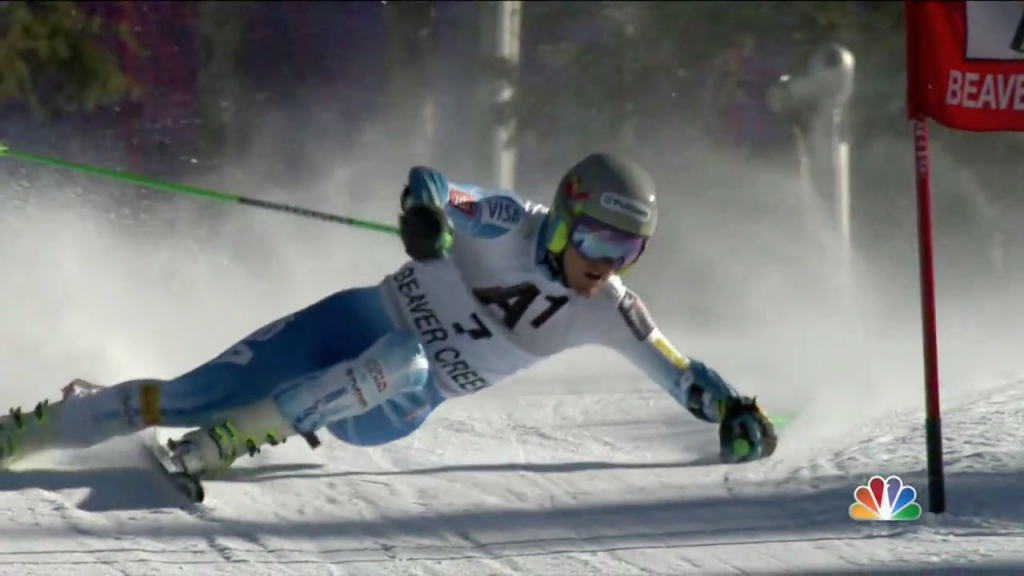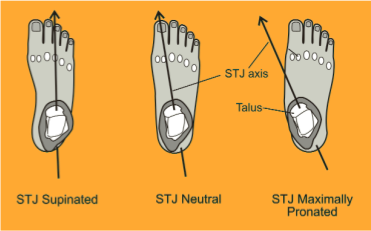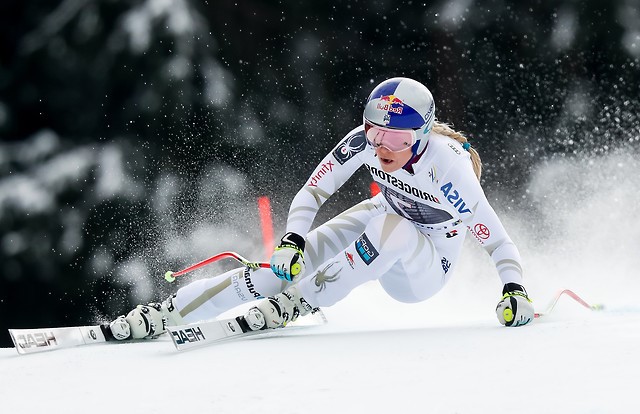Unfortunately due to dense fog we don’t have any video of this morning. Everyone learned a lot and there was a marked improvement in the level of skiing. The following information is to act as a reminder and there are links for more information on each main topic here:
Dynamics
Pivot
Skating (progressions)
Dynamics
- This is mainly about using the outside leg (start of new turn) to push the centre of mass into the centre of the new turn – for the whole duration of the turn
- Notice in the photos above the outside leg is essentially straight in a skating action and flexion for absorption and other purposes is at the hip joint (Skating related photos also below)
- The centre of mass goes down toward the snow – and to complete the turn it comes back up – like a motorbike in a turn

Feet
- Pronation of the subtalar joints of both feet simultaneously to place the feet on their inside edges
- Activation of the adductor muscles of the inner/upper legs
- Subtalar joint, adductor muscles, core all connected with tension when required
- This is for a solid support base for active dynamics/skating – so the ski is not pushed sideways and the centre of mass is moved inward instead


Skating/Skiing Connection…


Pivot
- Skis also travel sideways – side slipping
- The ski turns more efficiently into a turn from its outside edge (compared to a stem and inside edge)
- Both feet must still have subtalar joints pronated and adductors and core activated
- This lateral movement requires solid pole planting (downhill) to control the centre of mass
- This is a braking form of skiing (fall-line skiing) – always on the uphill edges
Combining Dynamics and Pivot
- Dynamics depends of forward motion of the skis and lateral falling/pushing of the centre of mass
- Pivot depends on lateral motion of the skis – but always with the centre of mass being driven inward
- The two can be combined – when there is both forward and lateral motion – making overall control of trajectory and speed totally under control of the skier
- The essential element to take from combining pivot and dynamics is to execute the turn transition from the uphill edge of the uphill ski – noting that the ski enters the new turn more easily than when on its inside edge and this also prevents stemming

